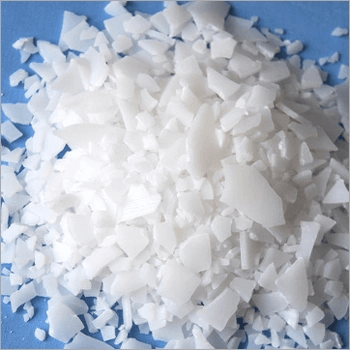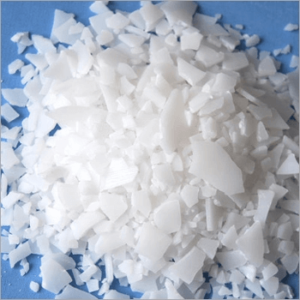PE waxes, like PE plastics, can be prepared by several methods, resulting in products with different specific chemical and physical properties. The chemical pathways on how to produce plastics or waxes differ but in the end, all originate from ethylene polymerization, no matter which technical process is selected or preferred.
Generally, there are at least four methods of production, including some subgroups:
- Oligomerization or polymerization of ethylene monomers
- High-pressure radical-based polymerization
- Ziegler-Natta catalyst based low- pressure polymerization of ethylene
- Metallocene-catalyst-based low-pressure polymerization
- Thermal degradation of high-molar-mass polyethylene
- Separation of lower molar mass fraction from polyethylene
- “Scrap wax”, from different origins, like recycling and mixing of re
Thermal degradation of polyolefins
Polyolefin waxes can be prepared by thermal degradation- thermal cracking- of higher molar mass polyolefins. This method was among the early ways to synthesize PO waxes, and still covers some application areas today.
The technical process of thermal degradation is not challenging. The starting materials are heated in reactors or extruders above decomposition temperatures. For PP and PE, these should exceed 350°C. The exclusion of oxygen is mandatory to avoid any antioxidants. The method can be applied to HDPE and LDPE as well as to PP, even to mixtures of different grades. Even polyolefins like polybutene or other plastics can be processed into wax materials.
Waxes as Byproducts of Polyolefin Synthesis
All polymers have in common byproducts that they are “non-uniform” chemical species, unlike uniform molecules. Polymers may differ in average molar mass, molar mass distribution, side-chain branching, and other properties. Principally, no two polymer chains do have absolutely identical structures. In chemistry, there is a broad range of molecules starting from monomers,
dimer, trimers, oligomers, up to polymers. Typical polymers can be characterized by their “chemical non-uniformity”, or broad, depending on a lot of production parameters. At best, polymers are ” tailored” to correspond to downstream processors’ needs. In polyolefin production, these byproducts primarily consist of lower molar mass constituents. These can fall into the range of typical “polyolefin waxes”. For a plastics processor, a small percentage of these waxes can serve as a processing aid, e.g. In injection, in blow molding, or in other applications, but higher amounts of waxes of a too high amount of wax byproducts, either through the selection of appropriate catalysts or by process control adjustments.
Use and application
PE waxes are used in many, quite different applications. Mostly, they function as auxiliaries in product and production processes, not as construction materials. The areas of use of high-pressure (LDPE), Ziegler (HDPE), metallocene, or thermal degradation-based waxes broadly overlap, so a decision to go for a specific type of wax must not follow only technical but also economic reasons.
- Polyethylene Waxes for PVC Plastics
- Packaging Adhesives
- Furniture and Building Adhesives and Primers
- Textile and Leather Adhesives
- Artificial Turf
DanPolymer’s PE wax
| Product | Description | TDS |
| Dan-PE-Wax | PE Wax |
Buy PE wax
If you would like to buy PE Wax or receive more technical information, contact the sales department.



